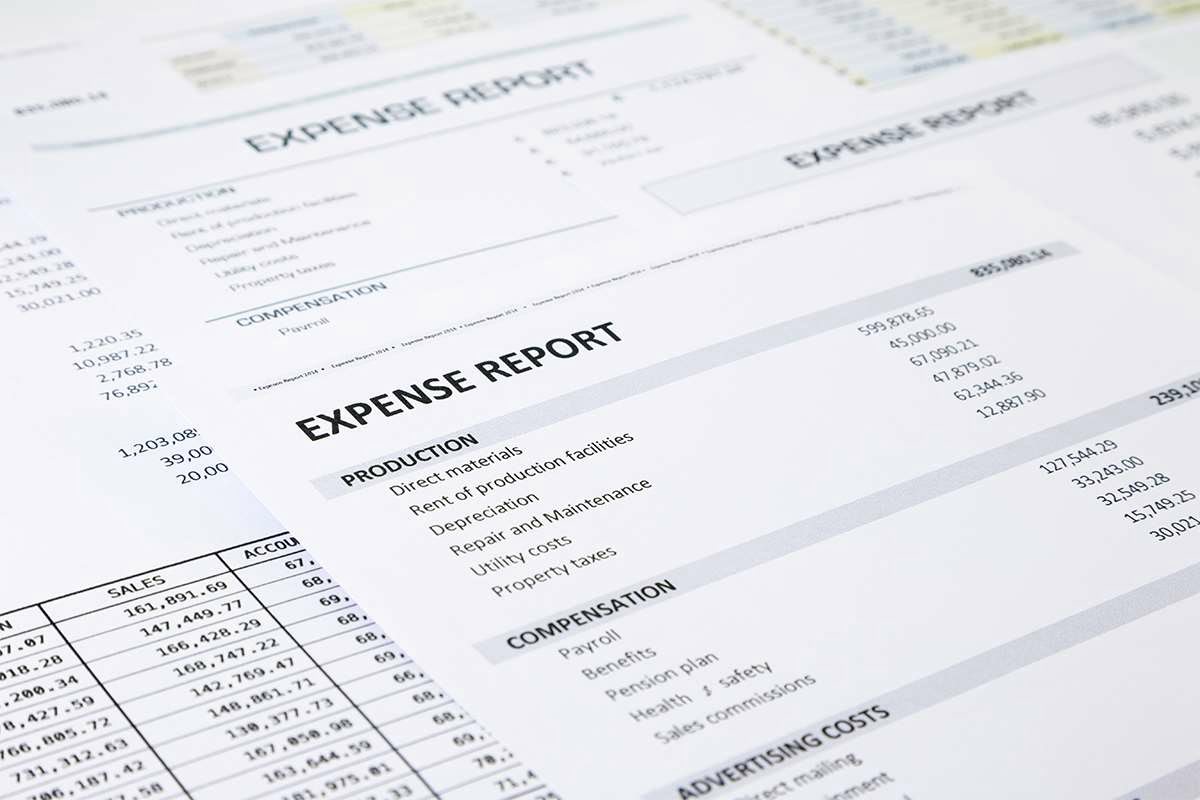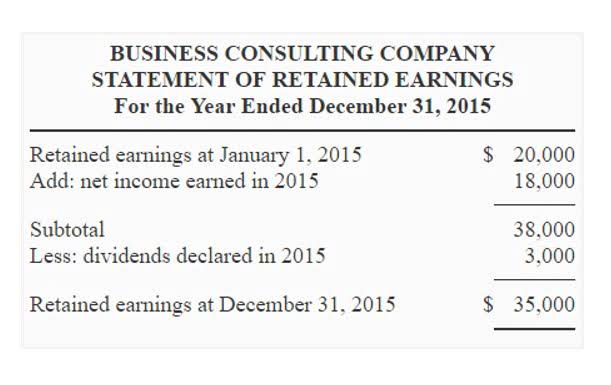
So, keep this guide handy, and refer back whenever you need a financial refresh. This is where T accounts come in as a bridge between the raw data and meaningful insights. By plugging real-time figures into your T accounts, you can see how your financial position constantly evolves, allowing for more proactive decision-making. Don’t worry, T accounts aren’t about to be replaced by robots (at least not entirely). While automation tackles repetitive tasks like data entry, T accounts become even more valuable as a tool for analysis.
What Happens When You Cut Costs With Your Business’s Books?
- The liability Accounts Payable also increases by $2,500 and gets credited for the amount, since increases in liability result in a credit entry.
- Accounts payable is a liability account, keeping track of bills I still have to pay in future.
- As the volume of transactions increases, maintaining T-accounts manually becomes impractical and prone to mistakes.
- Yes, similar to journal entries, T accounts should also always balance.
The last thing you want is to miss out on a needed loan or investment because someone couldn’t understand your books. Above the T is the name of the account, and the T account is then separated into left (debit) and right (credit) sides. We’ve been developing and improving our software for over 20 years! Thousands of people have transformed the way they plan their business through our ground-breaking financial forecasting software.
T-Account Opening and Closing Balances
Now, this T becomes your battleground for recording financial transactions. Think of it like a seesaw – debits go down (they t accounts increase the account balance), and credits go up (they decrease it). Since so many transactions are posted at once, it can be difficult post them all. In order to keep track of transactions, I like to number each journal entry as its debit and credit is added to the T-accounts.
When trying to understand a complicated entry

T accounts are one of the primary forms of performing double-entry accounting. Every month £2000 is credited from this account, reducing the asset as I make use of the property. Let us understand the concept in depth through understanding the related terminologies of a T account balance through bookkeeping the discussion below.
You incur These costs to run your business, like rent, salaries, and supplies. Debits make sense here because they represent spending money, which decreases your available value. On the other hand, credits would reduce expenses (not very common) – this could happen if you return supplies to a vendor and get a credit (reducing the expense). Whenever cash is received, the Cash account is debited (and another account is credited). Accountants and bookkeepers often use T-accounts as a visual aid to see the effect of a transaction or journal entry on the two (or more) accounts involved. For example, if you examine the T-account above, you can see that all increases to the bank account (receipts) occur on the left side.
- Don’t worry, T accounts aren’t about to be replaced by robots (at least not entirely).
- As a refresher of the accounting equation, all asset accounts have debit balances and liability and equity accounts have credit balances.
- This system allows accountants and bookkeepers to easily track account balances and spot errors in journal entries.
- The accounting department later catalogs those labor payments under “operating expenses” instead of under “inventory costs” (which is where factory labor costs should go).
- Below are the remainder of the journal entries relating to bank that we will enter in our bank T-account.
- The main purpose of using a T-Account is to help track and manage an individual’s financial transactions.
Transaction #2
The total difference between the debit and credit columns will be displayed on the bottom of the corresponding side. In other words, an account with a credit balance will have a total on the bottom of the right side of the account. Thus, the T-account is used for the set of financial records that use double-entry bookkeeping. The accounts have the letter T format and are thus referred to as the T accounts. In the T- Accounts, the debit side always lies on the left side of the T outline, and the credit side always lies on the right side of the T outline.

Work out the difference between this amount and the total inserted at the bottom.

And for a review of the most common journal entries, see the lesson on basic accounting journal entries. As you can see, assets and expenses have normal balances on the left, while liabilities, revenue, and owner’s equity have normal balances on the right. As you can see from the chart above, cash normally has a debit-side balance while revenue has a credit-side balance. A balance sheet is a summary of a company’s financial position at a given point in time. The balance sheet summarizes the financial position of the company at the end of a specific period, usually at the end of the fiscal year.

Every time you contribute money, you debit (increase) the account. This way, you can easily visualize your progress and stay motivated on your savings journey. For example, stakeholders may demand financial reports in different currencies, formats, or aggregation levels to facilitate decision-making and analysis. However, As manual ledger accounts, T-accounts lack the flexibility to generate such customized reports efficiently. While T-accounts provide a structured framework for recording transactions, they offer limited flexibility in reporting formats.
Identify the Transaction Type
- It is typically prepared at the end of an accounting period before financial statements are generated.
- They’re simply words representing where cash is coming from, and where it’s flowing to, within a business.
- Ledger accounts categorize these changes or debits and credits into specific accounts, so management can have useful information for budgeting and performance purposes.
- T-accounts are used to track debits and credits made to an account.
- For accountants and bookkeepers, T-accounts are the bread and butter of their daily routine.
My bank account is credited £4000, whilst the accounts payable account is debited £2000 and rent is debited £2000. https://www.bookstime.com/ T accounts help organize and understand financial transactions by showing how debits and credits affect accounts. They are foundational tools in bookkeeping and accounting for recording, analyzing, and summarizing financial information. T accounts are a visual representation of an account in double-entry bookkeeping. They resemble the letter “T,” with the left side showing debits and the right side showing credits.
Recent Comments